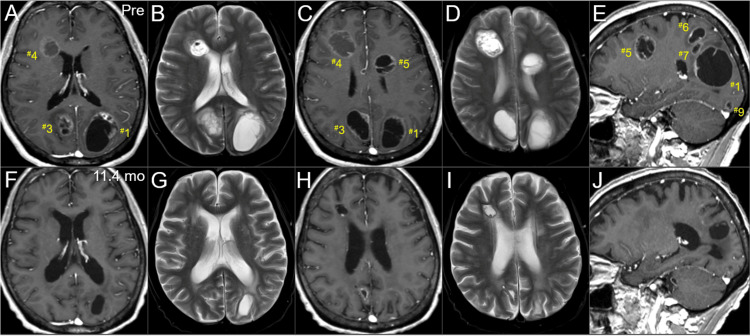Figure 2. Magnetic resonance images at the diagnosis and last examination, mainly focusing on the boost lesions in the left hemisphere.
The images show CE T1-WIs (A, C, E, F, H, J); T2-WIs (B, D, G, I); axial images (A-D, F-I); sagittal images in the left hemispheres (E, J); three days before the initiation of WBRT (pre) (A-E); and 11.4 months after the WBRT initiation (F-J).
(A-J) These images are shown at the same magnification and coordinates under co-registration and fusions based on the pre-irradiation images (A, B, F, G: almost the same cross-section; C, D, G, H: the same section, E, J: the same section). Therefore, some images with thick slices are slightly blurry (D, G, I). (A-E) The numbers with # assigned to each lesion correspond to the lesion numbers in Table 1. Seven lesions are observed, most of them cystic, with some solid components (#1,3,4,5). The perilesional edemas before irradiation are minimal considering the lesion volumes. (E) Three lesions (#1,6,7) in the left parietal lobe are contiguous and adjacent. (F-J) At 11.4 months, all the seven lesions had remarkably regressed or almost disappeared.
CE: contrast-enhanced; WIs: weighted images; WBRT: whole-brain radiotherapy

